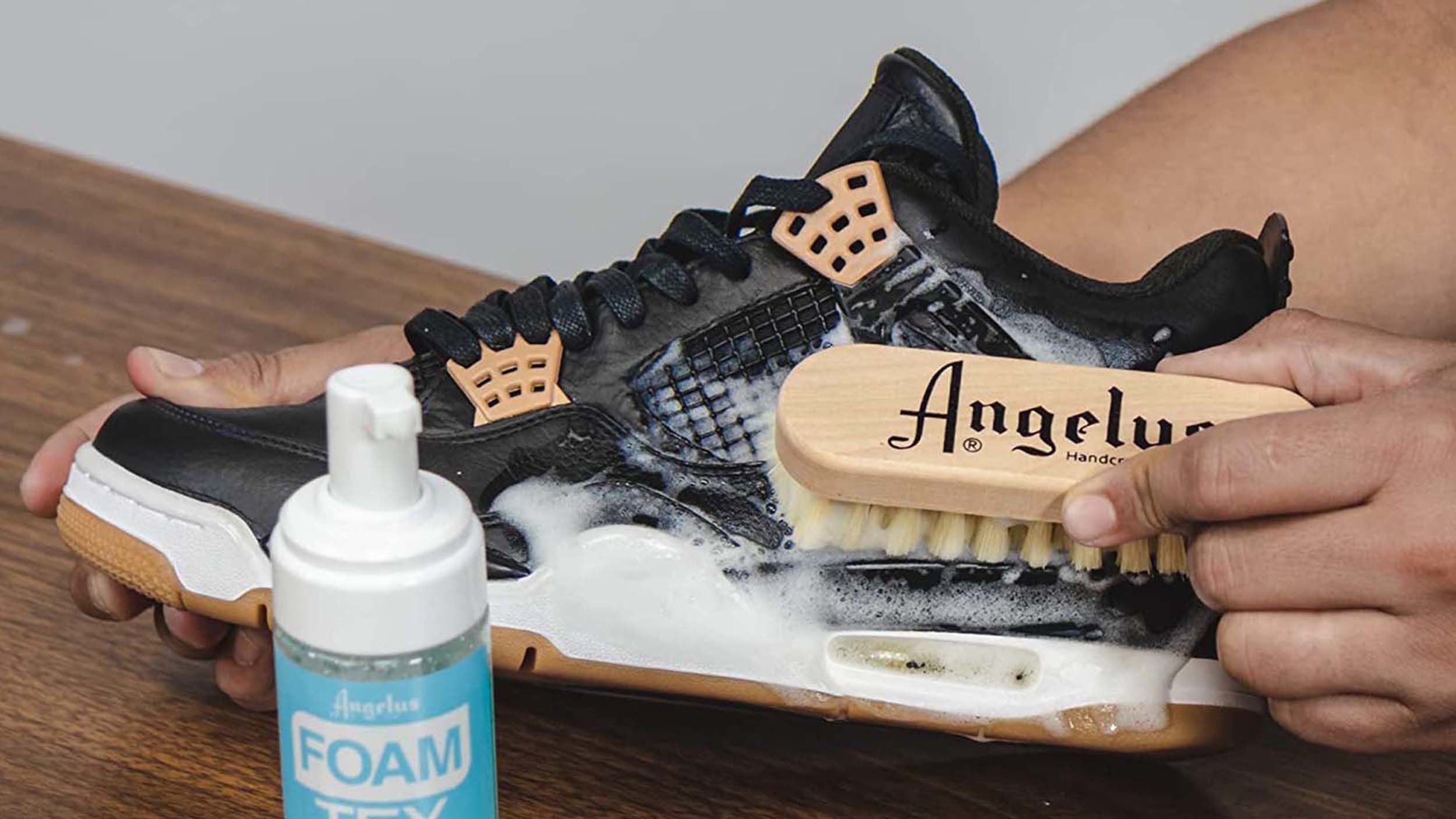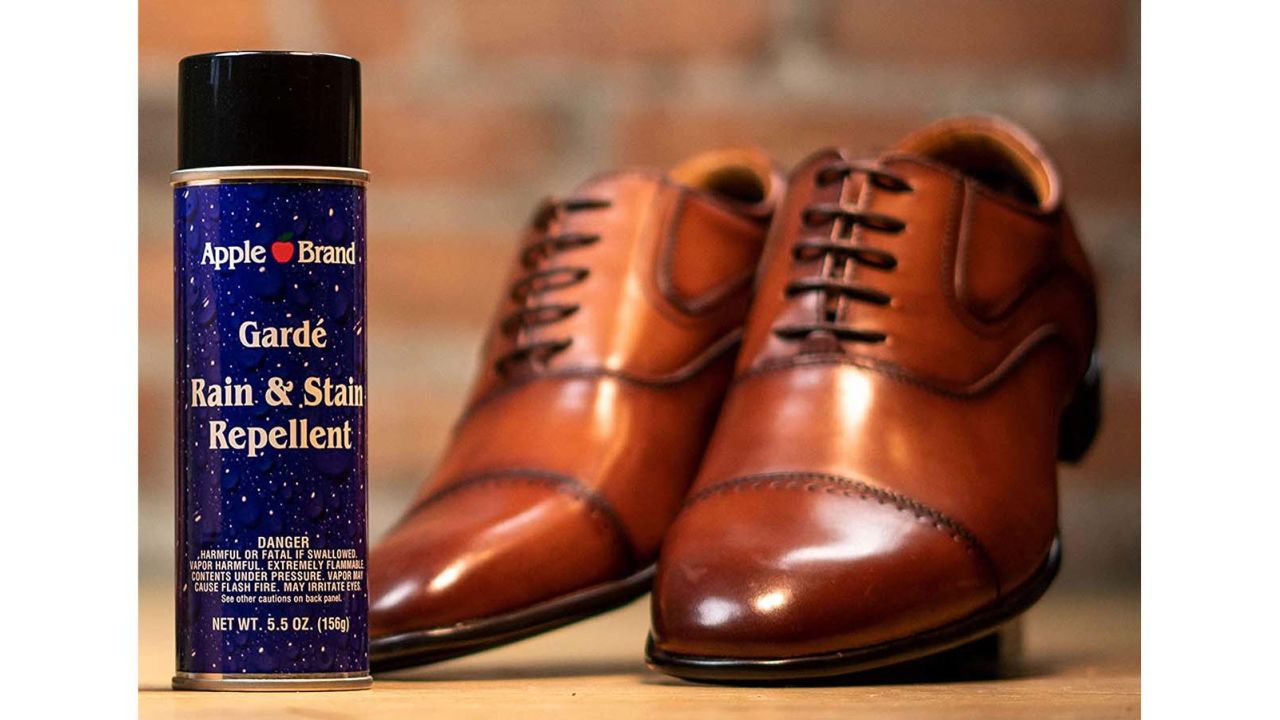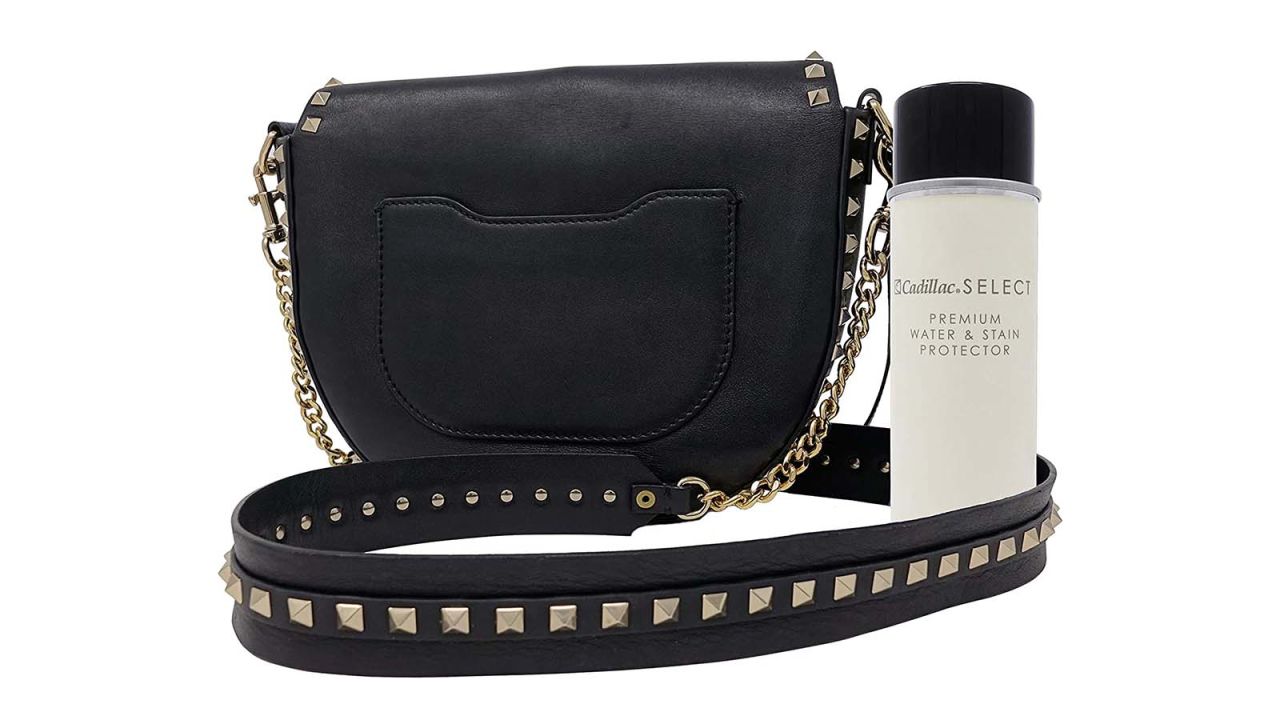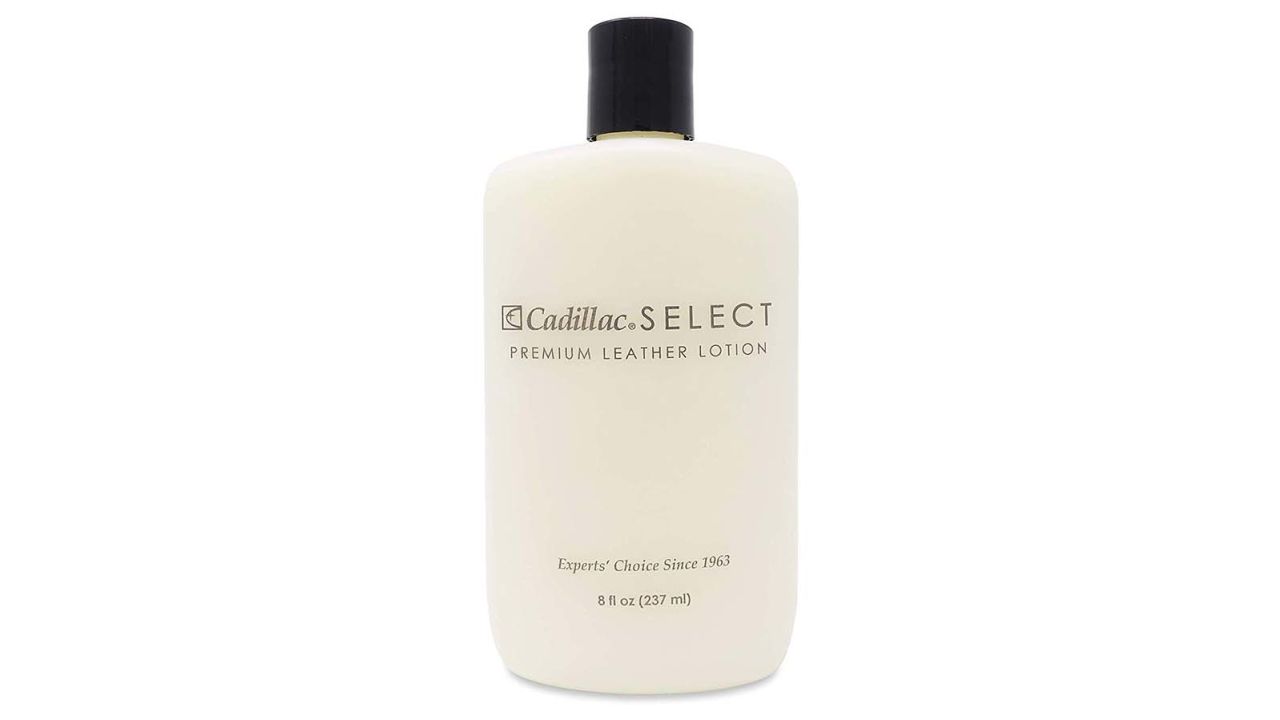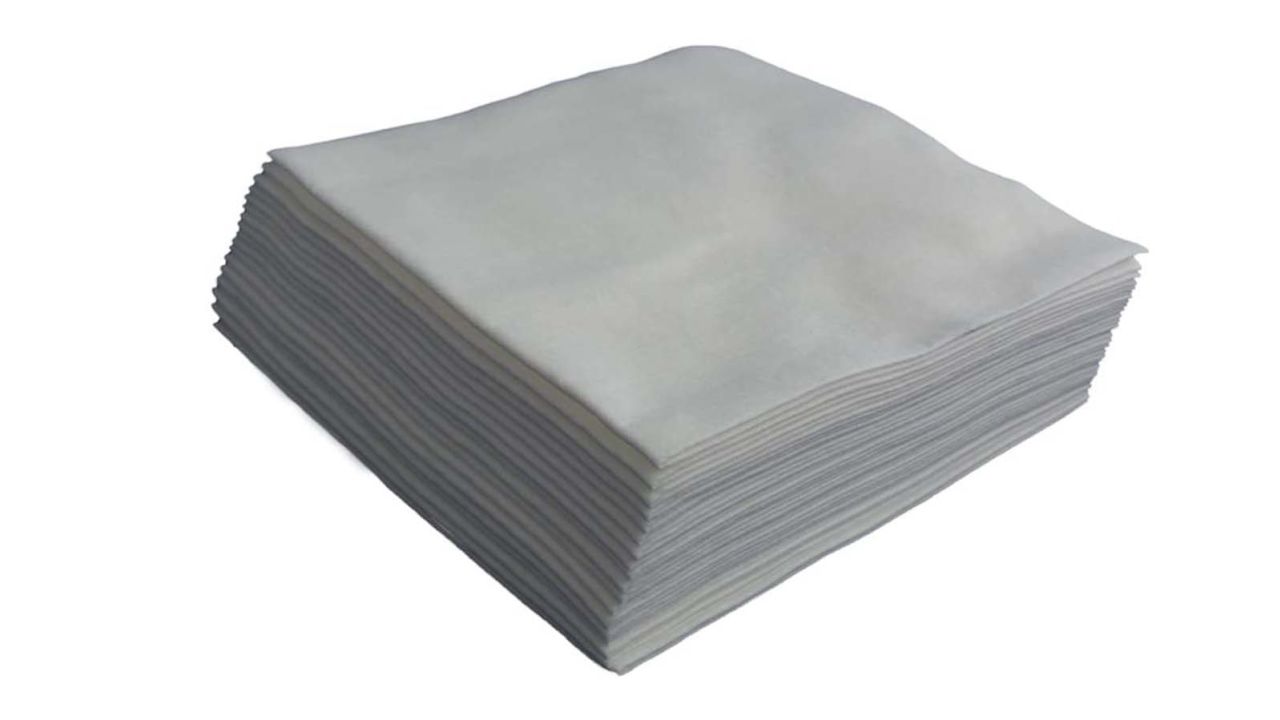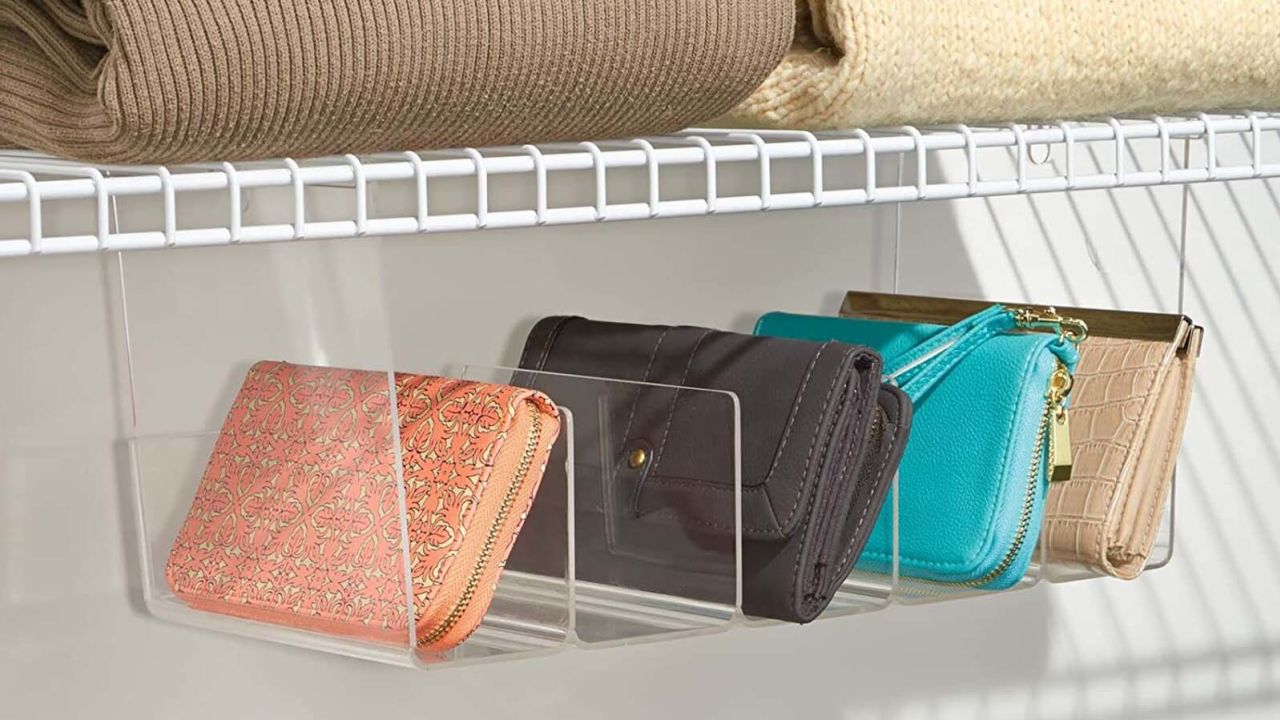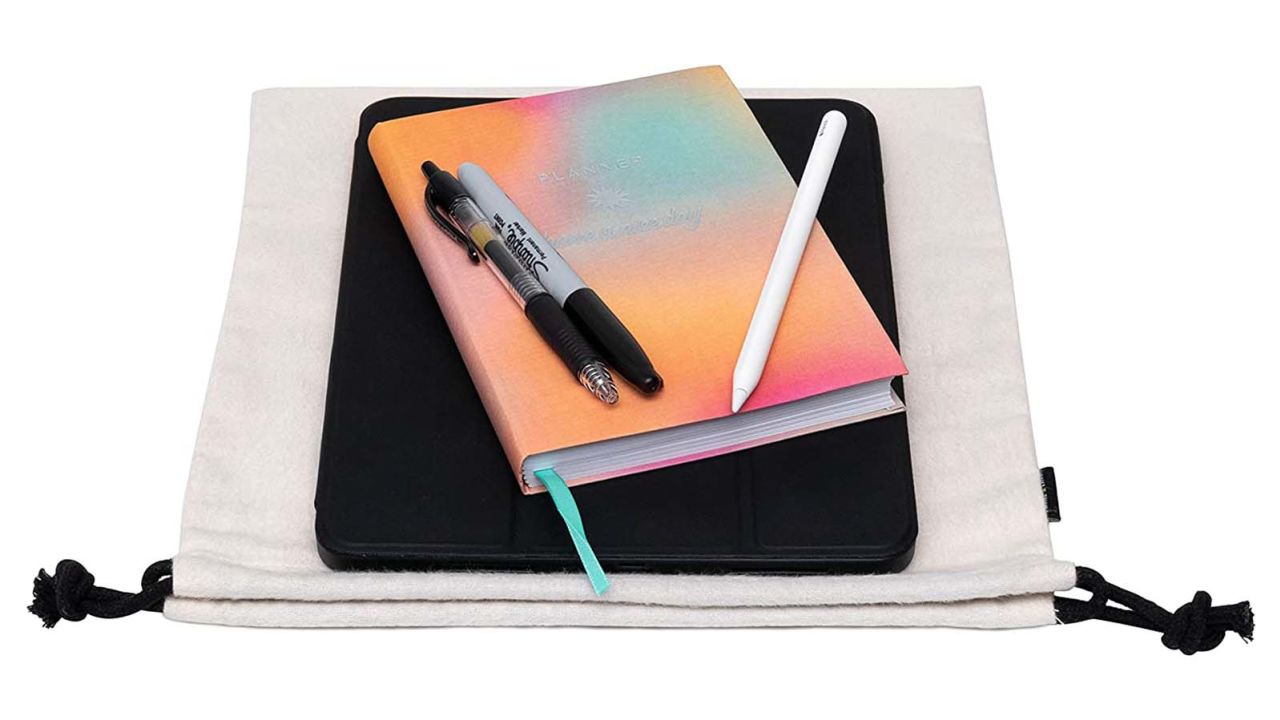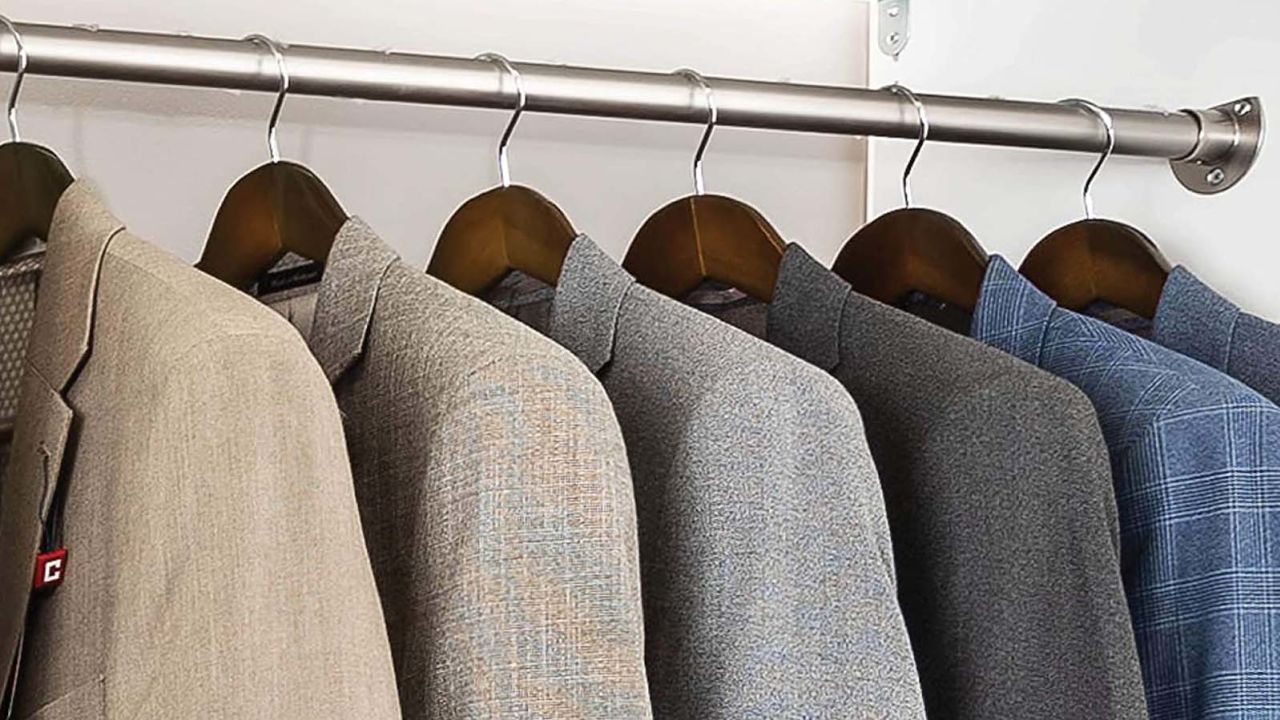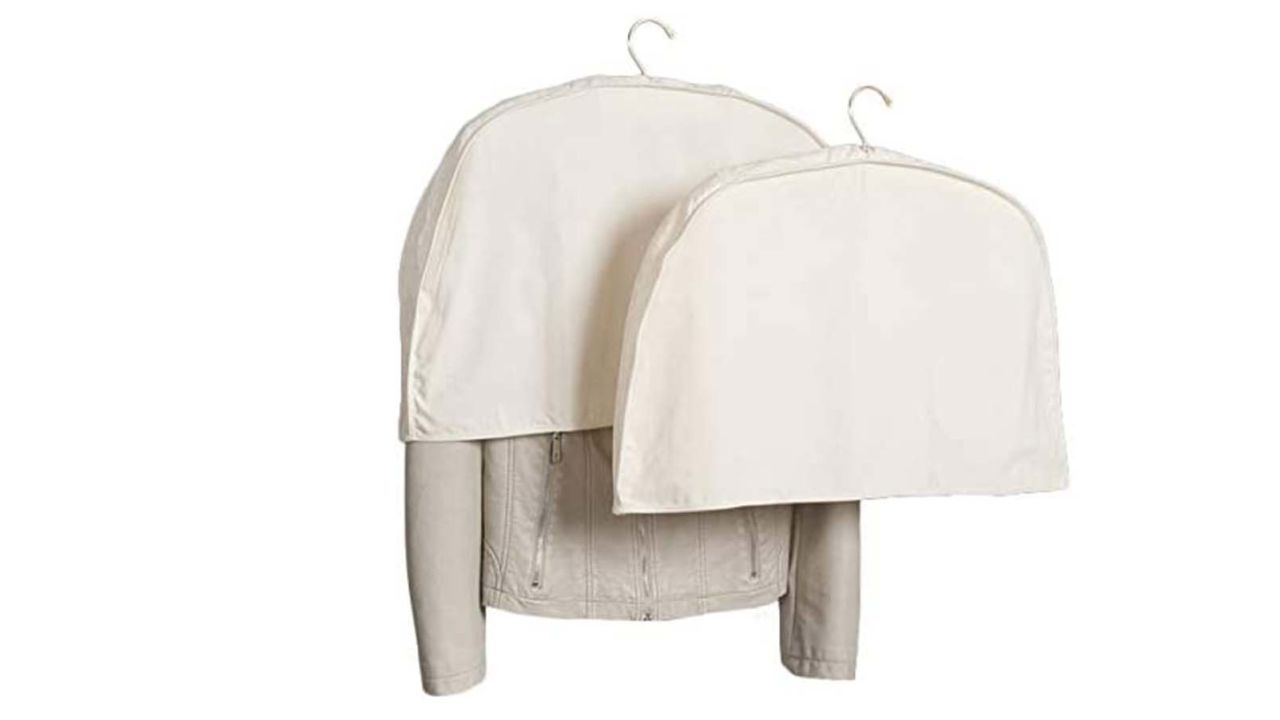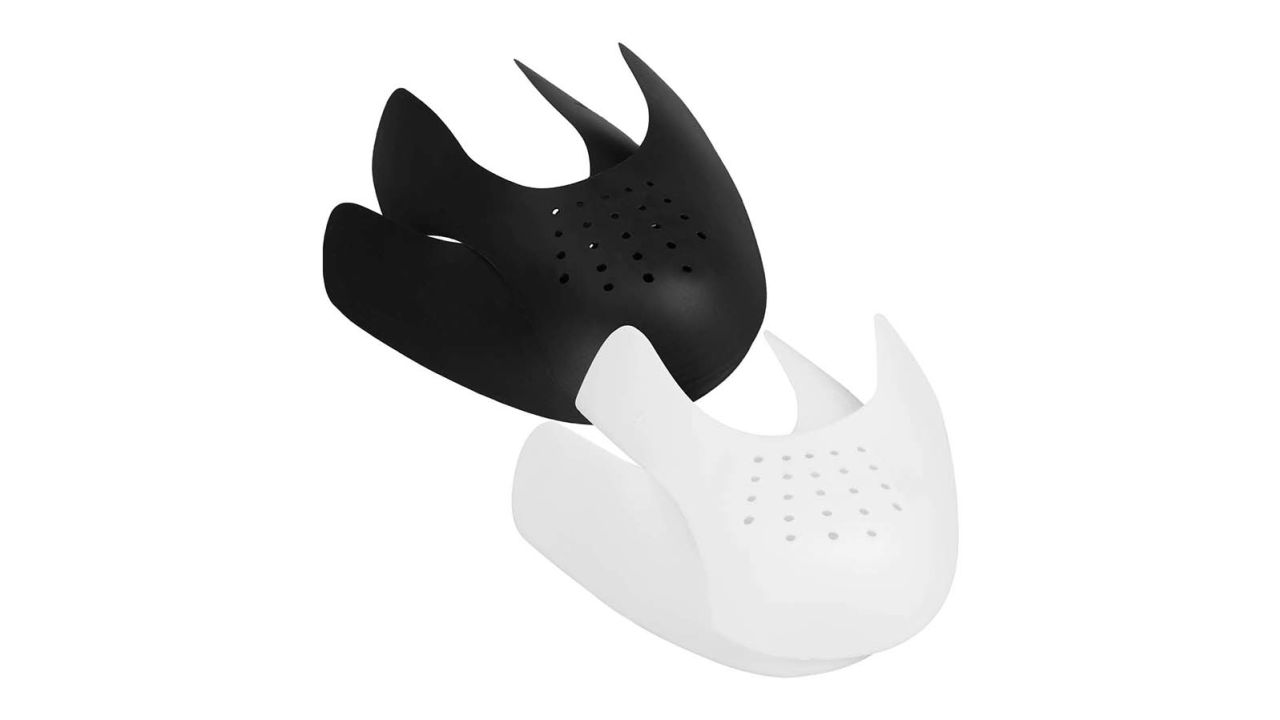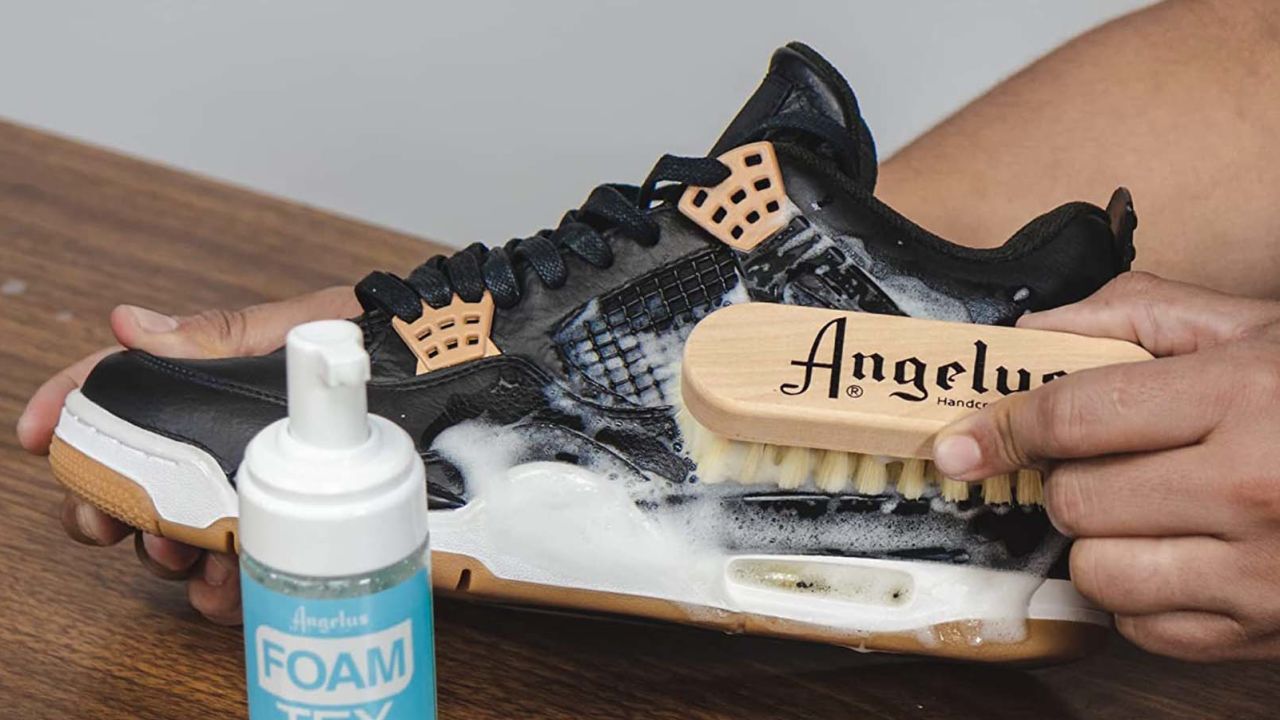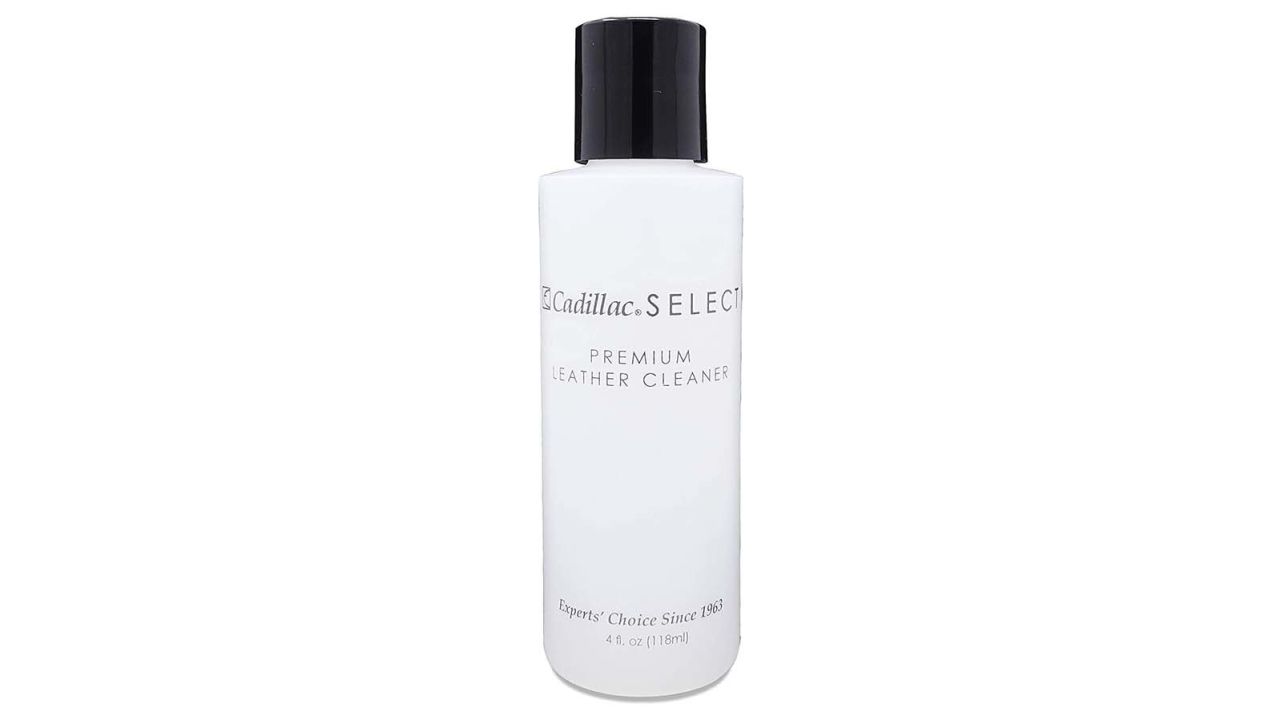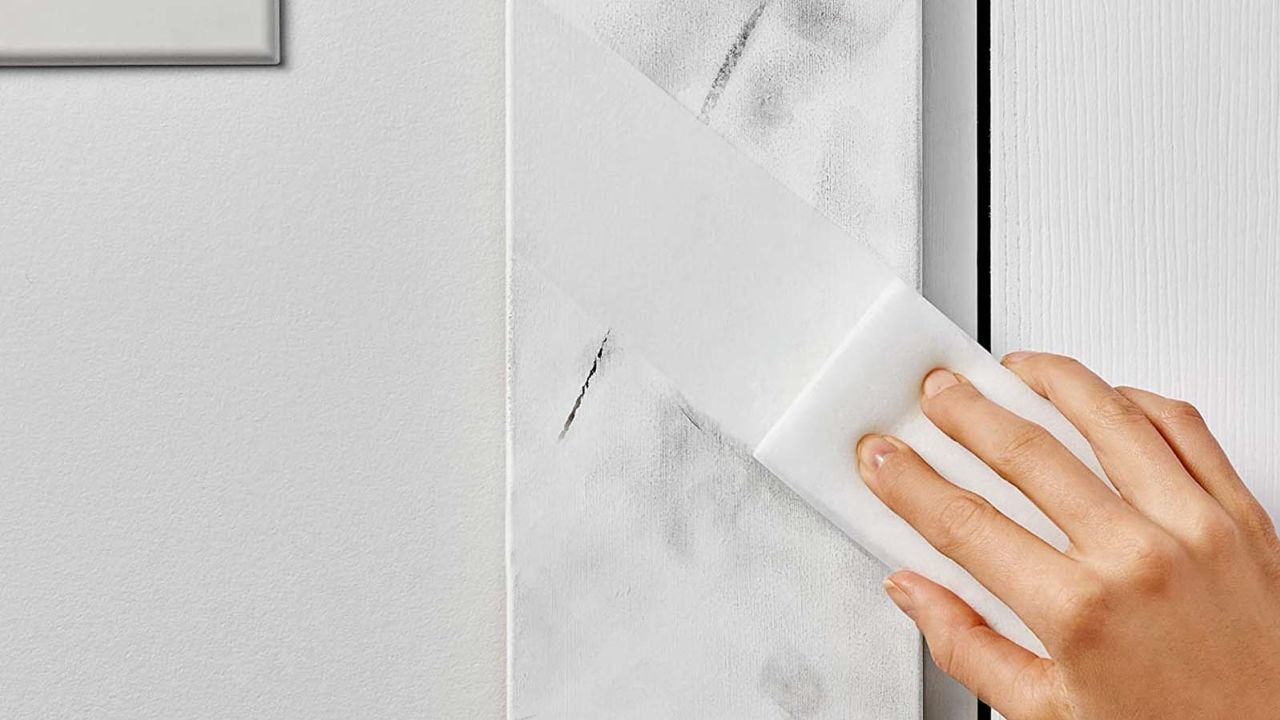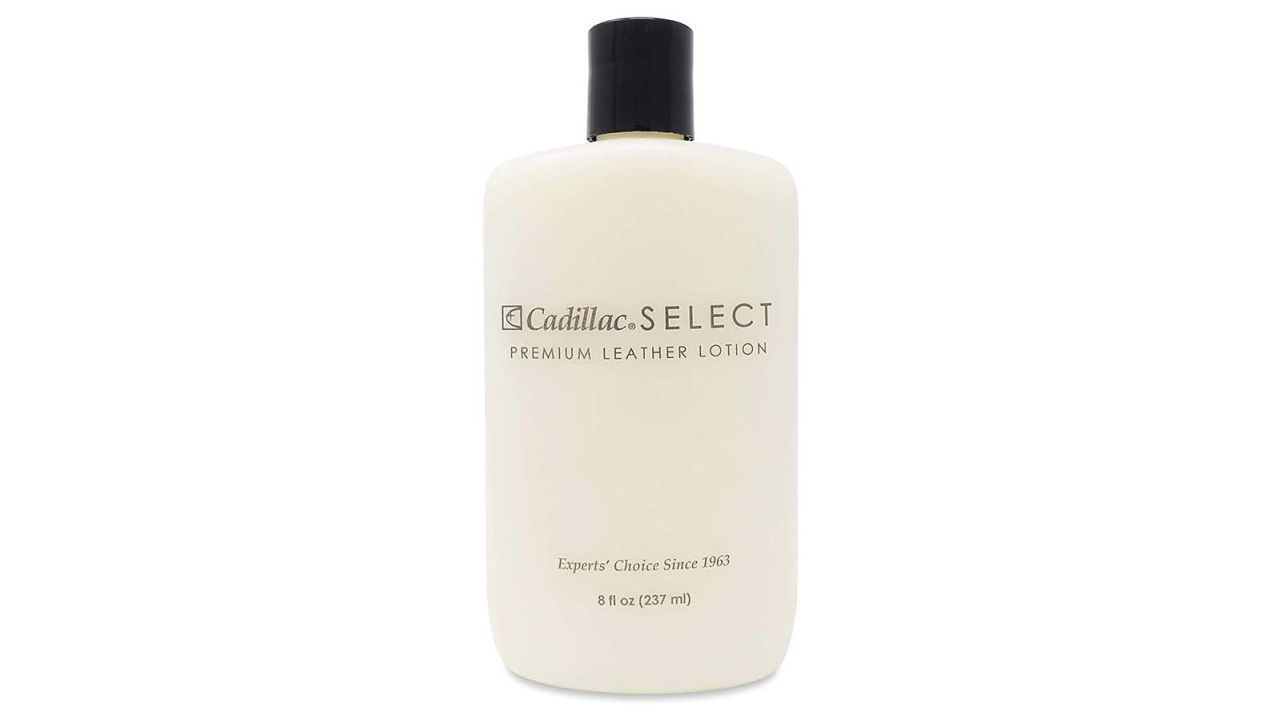Leather clothing and accessories like shoes, belts and handbags are a part of almost every wardrobe. Unlike textiles, however, hides like leather or suede can’t just be tossed in the washing machine when it’s time to clean them, so some specialty products are needed to keep them looking their best.
While leather is fairly easy to clean, keeping it looking its best does require some routine maintenance in between wearings, and properly storing leather items when not in use is crucial. To inform this guide to leather care, we consulted fabric care and leather experts, and broke down everything you need to know about protecting, storing and cleaning leather goods.
How, why and when to use protective treatments on leather
Unlike with suede, protective treatments are not absolutely required for leather goods like shoes, bags or jackets. However, using a leather protector is recommended for shoes, especially, and can be helpful on garments and accessories that will be exposed to the elements.
A good leather protector will provide a barrier that keeps water and other elements from staining leather goods. Apply it before wearing a new leather item for the first time, and then reapply one to two times a year, or after the item has been exposed to heavy rain.
When it comes to new leather sneakers, experts strongly recommend applying a protective treatment prior to wearing. "Definitely pretreat them before wearing them out," says Jason Angsuvarn, the founder of Jason Markk, who offers a few more tips. "Stay on top of cleaning them after each wear. And last but not least, keep the laces as clean as possible as well."
"Leather conditioner is a great tool to preserve your pieces and ensure that they maintain a beautiful finish," says Karla Gallardo, co-founder and CEO of Cuyana. "When using leather conditioners, a little goes a long way. You simply apply a small amount onto a lint-free cloth and rub in a circular motion until the piece is fully coated. It should dry within an hour and from there, you let it cure for 24 hours before using the piece." Gallardo recommends applying a protective coat of leather conditioner once or twice a year to remove dirt buildup and maintain the natural shine of the material.
How to maintain leather between uses
Proper storage is the key to making leather goods — from leather jackets to your favorite boots — look their best and last a long time. The experts we spoke to recommend the following products and techniques for maintaining leather between uses.
"We recommend a light cleaning every other day," Gallardo says. "This can be quick and easy, with just a brisk sweep using a soft dry or slightly damp cloth. It’s important to make sure that the cloth isn’t saturated with too much water, as that can be damaging to the material," she adds. This quick once-over will wick away dirt and other soils that cause micro-scratching and give the leather a dull appearance.
"We suggest storing your leather goods stuffed and upright to maintain their shape," Gallardo says. "The most important thing is to ensure that your leather goods stay dry and avoid moisture or humid environments." For more storage recommendations, check out our guide to organizing bags and luggage.
"When storing these items," Gallardo says, "it's also important to keep them in dust bags to prevent any stains or scuff marks." If a bag or piece of luggage did not come with a dust bag, they can be purchased separately in a wide variety of sizes.
"Always hang leather garments, rather than folding them, as they wrinkle easily," Wayne Edelman, the president of Meurice Garment Care, says. "Use padded or wide hangers to avoid creasing."
For longer term storage, look for breathable fabrics. "Never store leather in plastic garment bags or containers," Edelman says. "Always store leather in a dark, cool, dry place."
To avoid creasing in shoes, Edelman says to use shoe or boot trees when the footwear is not in use.
How to clean leather
Leather cleaning is very straightforward: Brush, clean, treat deep stains or scuffs if needed, then condition. These are the products and steps to follow to get the job done right.
Before applying any products, Edelman says to begin by gently wiping the leather with a dry or damp soft cloth. Then, use a stiff bristle shoe brush to remove soil from the leather; an old toothbrush can also be used, especially to get into tight spaces like the area around shoe eyelets.
Deep staining or scuffs on leather can be addressed by using a melamine foam sponge. Get the sponge wet, wring it out until it is just barely damp and gently rub it on the stained or scuffed area.
After cleaning, apply conditioner using a soft cloth to help hydrate and protect the leather. However, Gallardo cautions that "over moisturizing the leather can cause leather damage, so liquid should be used sparingly!"
Leather care dos and don’ts
The experts we spoke to provided the following dos and don’ts when it comes to leather care.
- Make sure you know what type of leather you are trying to polish/clean, and choose products that are right for it.
- Follow the provided directions for any cleaner, conditioner or waterproofing agent you are using.
- Always ensure leather is fully dry before applying waterproofing.
- Always air dry leather — do not expose it to the dryer, a hair dryer, heater, fireplace or other types of direct heat.
- Dry leather out of direct sunlight.
- Always allow leather to dry before putting it away.
- Use the appropriate shoe or boot tree when not wearing.
- Colognes, hair spray and body oils can discolor and damage leather, so pay particular attention to the neckline of leather jackets when cleaning.
- Never put an adhesive tag or sticker on leather.
